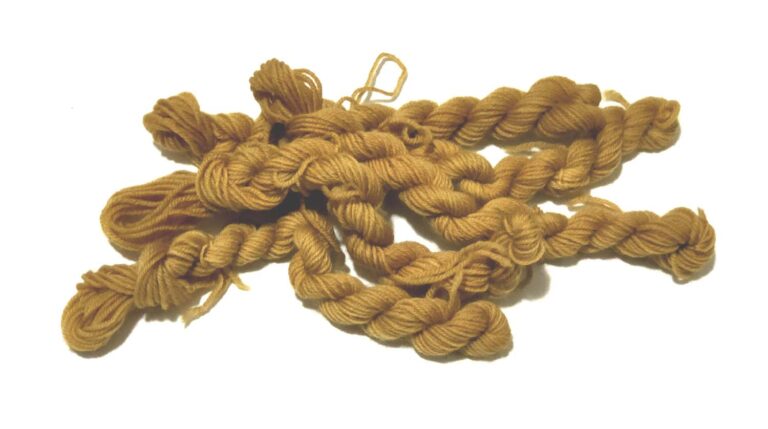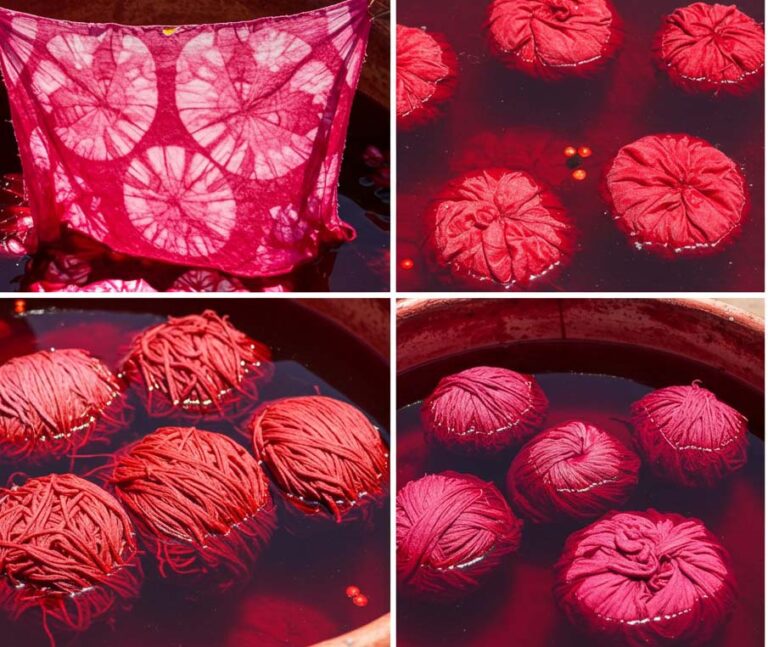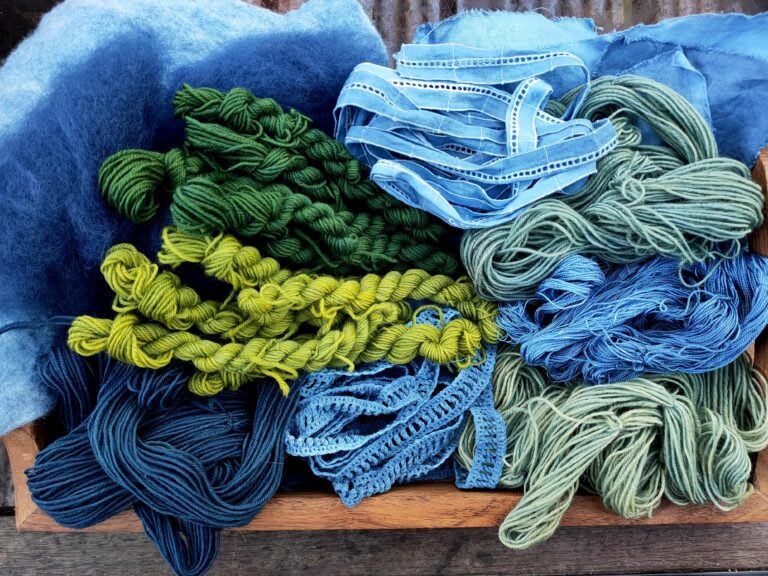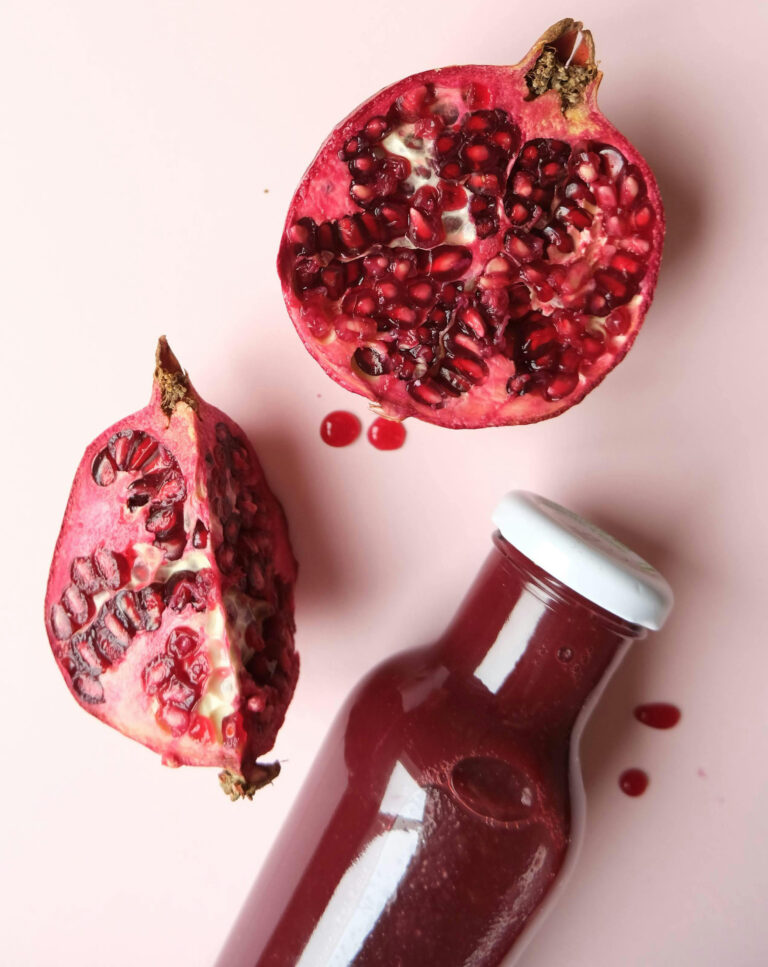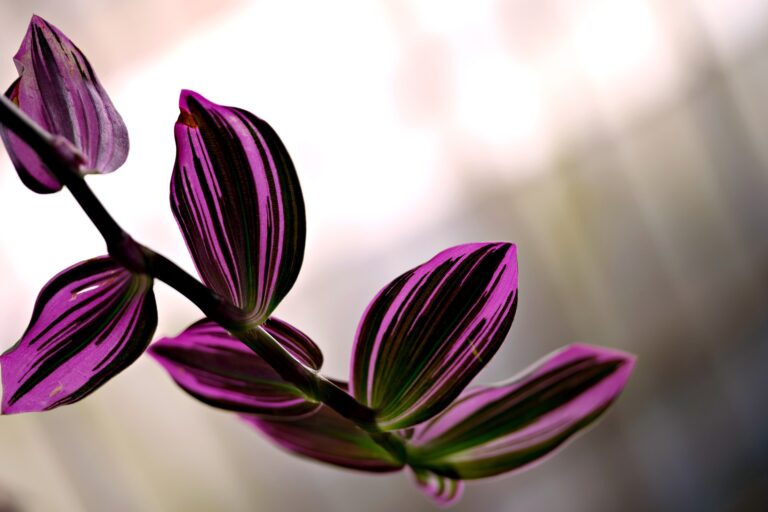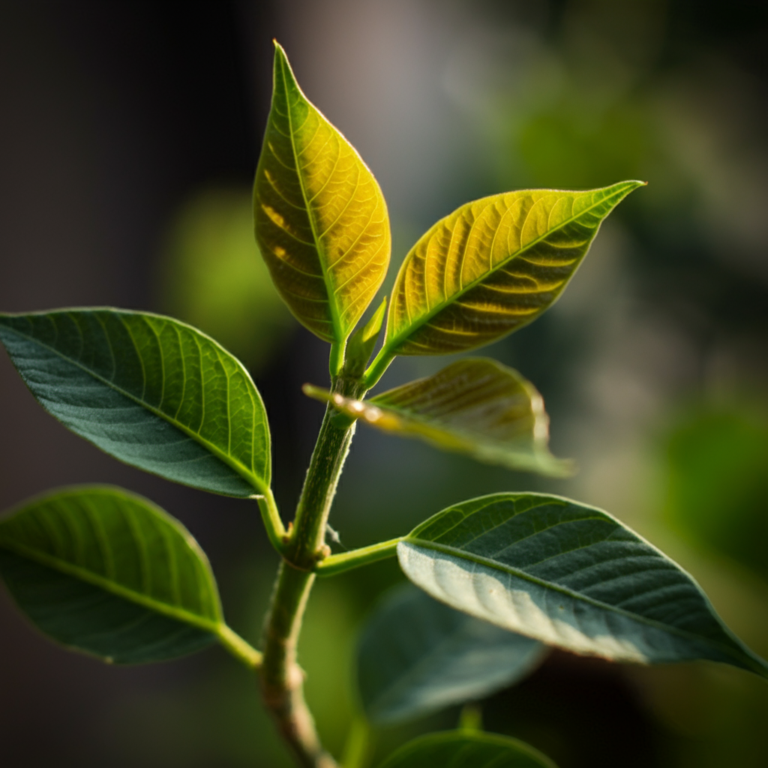Dyeing with Red Cabbage: Using up those kitchen scraps

Dyeing with Red Cabbage is a great way to use those left over kitchen scraps to produce useful, beautiful colour.
Solar Dyeing
With this experiment, as with most , I am going to use the process of solar dyeing.
This is basically putting your dyestuff in a glass jar and leaving it in the sun to work its magic. The beauty of living in Australia means that I do have the benefit of hot summers. If you don’t have these conditions, it does not mean you cannot try this process. You will just need to experiment with your own environments advantages and disadvantages. Leave it in a room that gets sunlight and may have great heating or try longer dyeing periods.
These experiments are only to show you what has and hasn’t worked for me, so you can pick through the information to start your own experimenting journey.

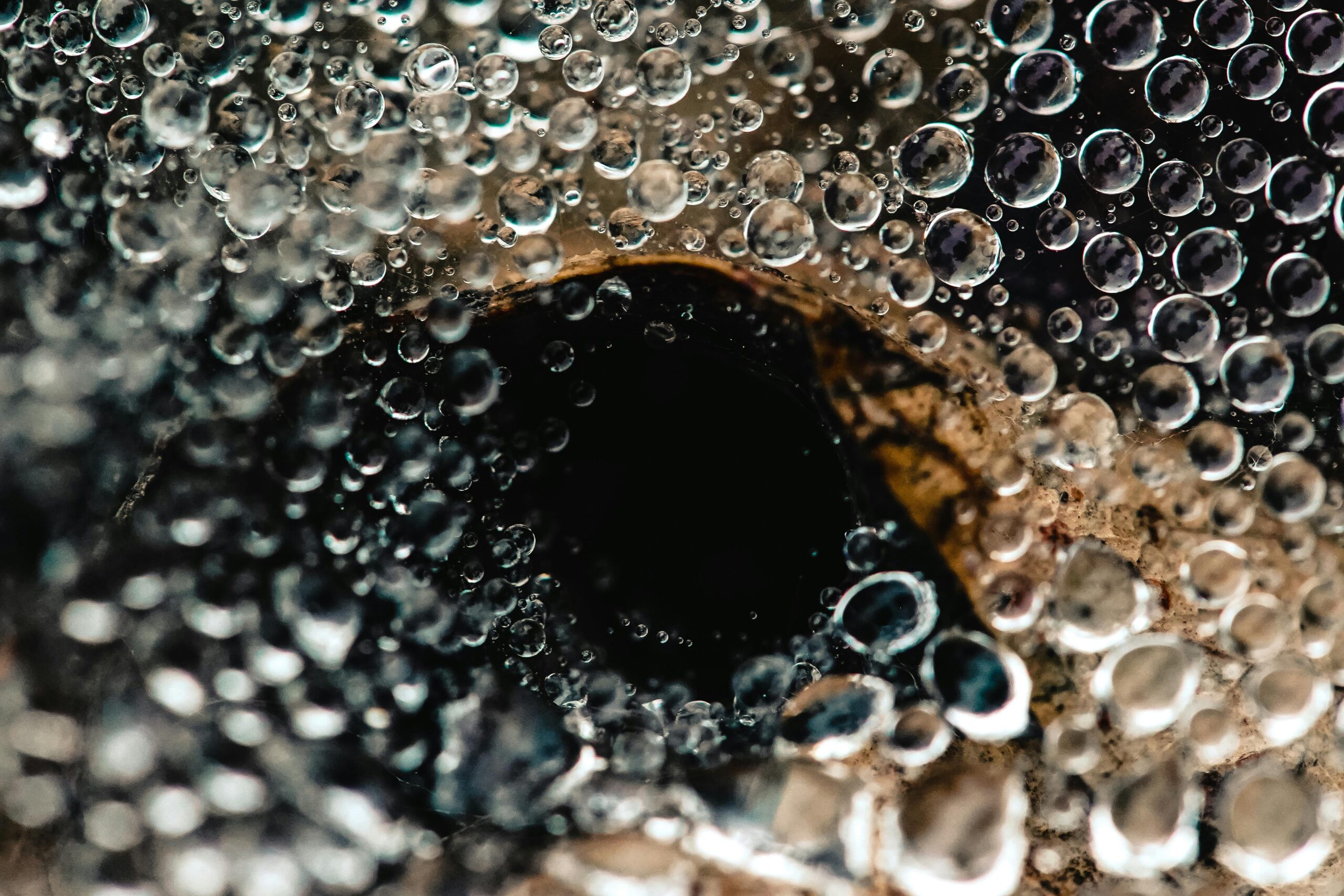
Fibre Preparation
Before solar dyeing with red cabbage you must first scour and mordant your fibre. For this particular experiment, I have used alum mordant on merino roving.
If you would like to see how to prepare your material click on the links below.
What you will need to Solar Dye with Red Cabbage
Boiling water
Red Cabbage
Wool Fibre- I have used 10g of merino roving for each experiment.
Glass Bowls
Glass Jars.
vinegar
Washing Soda
pH strips
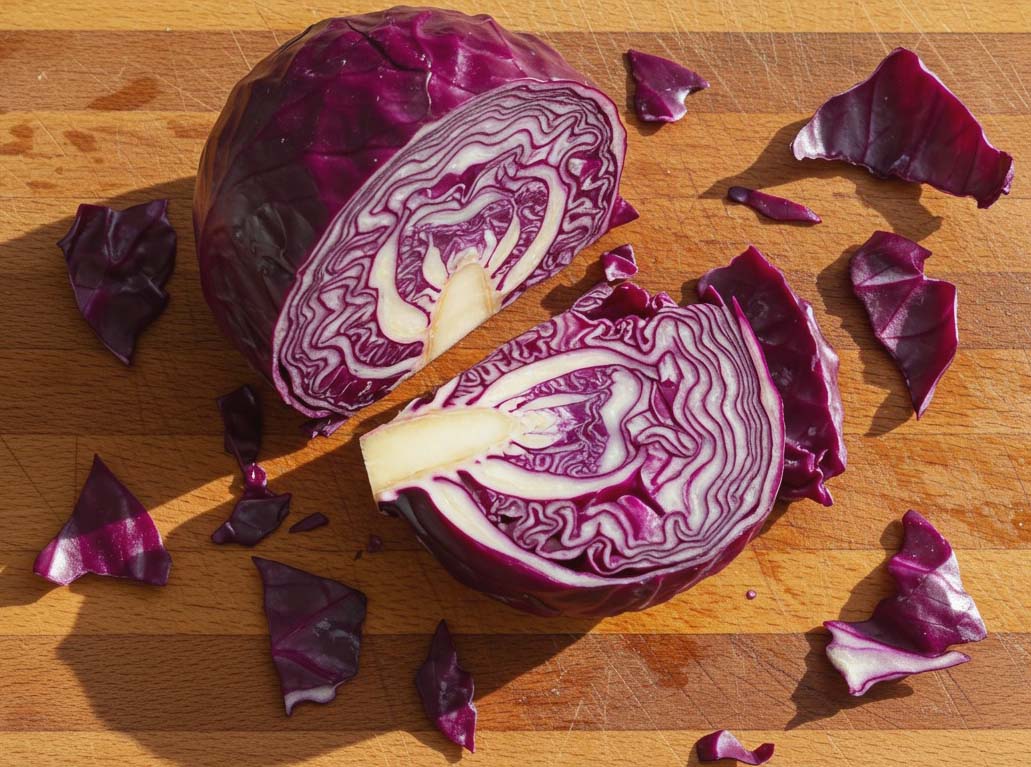
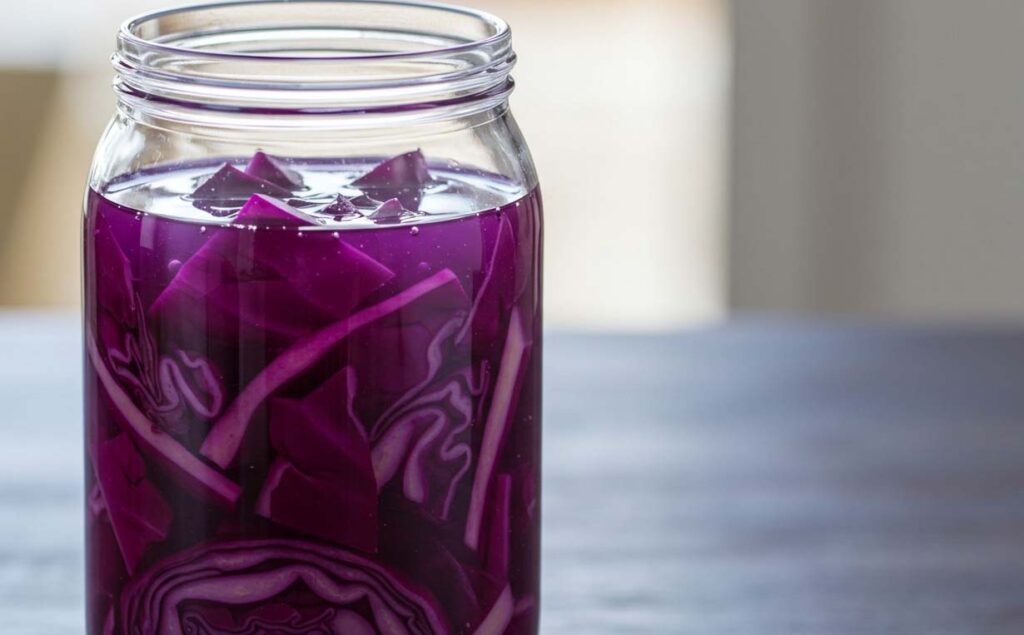
Procedure Experiment 1
Step 1: Place your dyestuff in a heat proof bowl and add boiling water.
Step2: When cool enough, transfer into a glass jar.
Leave outside. I left these for a week in the hot Australian summer sun.
Step 3: Sieve your dye and add your fibre. For this experiment I used 10g of roving. Leave outside in the sun for 1 week. (It was summer in Australia, so was quite warm)
Step 4: Take your wool out of the jar and leave to dry completely without rinsing.
Step 5: Rinse in water baths until they are clear. As I was using roving I did not want to use running water to start it felting, so I used a few bowls of water. Always make sure you wool does not experience dramatic temperature changes. Make your water room temperature. Leave to dry
Results of first experiment Solar Dyeing with Red Cabbage
As you can see we had a few different things going on with the results of this experiment. We started off with pink roving that was then wet felted.
As you can see in the picture the felt turned green during the felting process. I assumed this was due to a pH change as the soap used in the felting process is slightly alkaline. Because of this I gave the felt a vinegar bath to see if the colour would change back. It did!!
As was expected however, the felt did fade with 4 weeks in the hot aussie sun. Even though the colour wasn’t sun fast I did want to keep experimenting though. Just to see how changing the pH would effect colour.
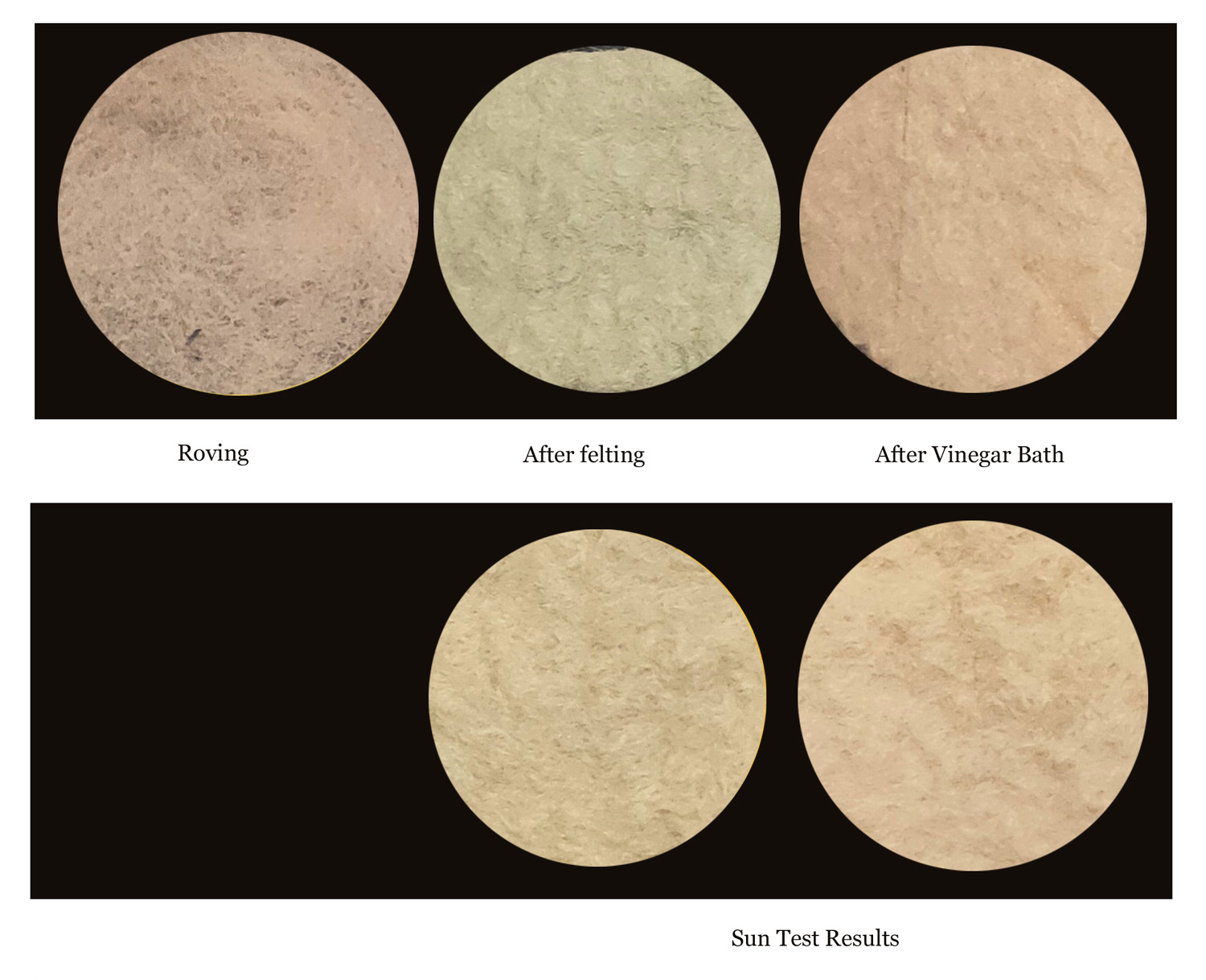
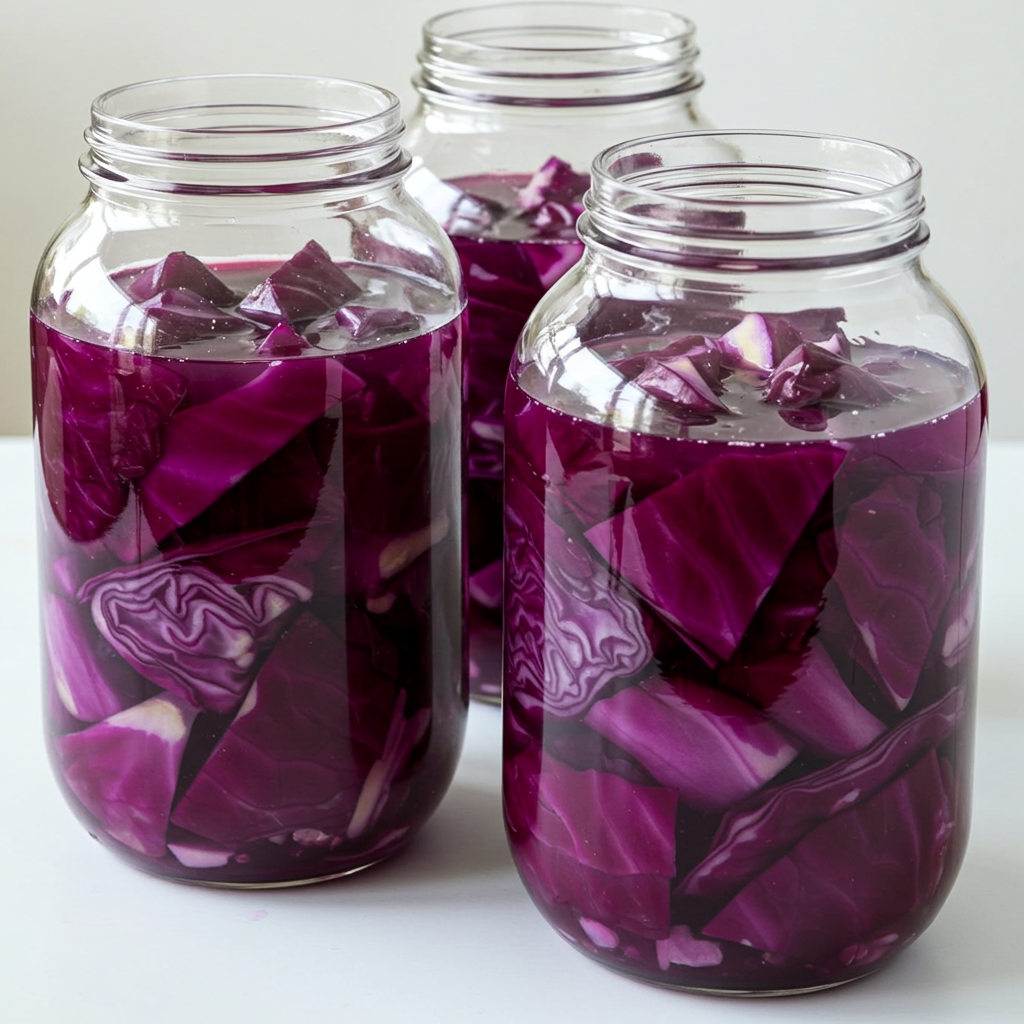
Procedure Experiment 2
Step 1: Place your dyestuff in a heat proof bowl and add boiling water.
Step2: When cool enough, transfer into 3 glass jars.
Step 3: Mix a teaspoon of washing soda with hot water until dissolved.
Step 4: Using the Ph strips, add the washing soda solution or vinegar to change the Ph of the jars. If you want to lower the pH add vinegar. If you want to heighten the Ph add the washing soda solution. I set the pH in the jars to 3,7 and 9.
Leave outside. I left these for a week in the hot Australian summer sun.
Step 4: Sieve your dye and add your fibre. In this experiment I used 5 g of roving and 5 g of felt. Leave outside in the sun for 1 week. (It was summer in Australia, so was quite warm)
Step 5: Take your wool out of the jar and leave to dry completely without rinsing.
Step 6: Rinse in water baths until they are clear. As I was using roving I did not want to use running water to start it felting, so I used a few bowls of water. Always make sure you wool does not experience dramatic temperature changes. Make your water room temperature. Leave to dry
Results of the second experiment Solar Dyeing with Red Cabbage
Well we certainly got some lovely colours playing with the pH. And not to mention green, which is very elusive in the world of natural dyeing.
The first column shows the roving, the second shows the felt and the third shows the felt after 4 weeks in the sun. And yes your right. There is still quite a lot of fading with these colours, but I wouldn’t want to totally rule them out. They are definitely worth using if your project is not going to be subject to sun light.
I hope this encourages to start your own journey with natural dyeing!! 🙂
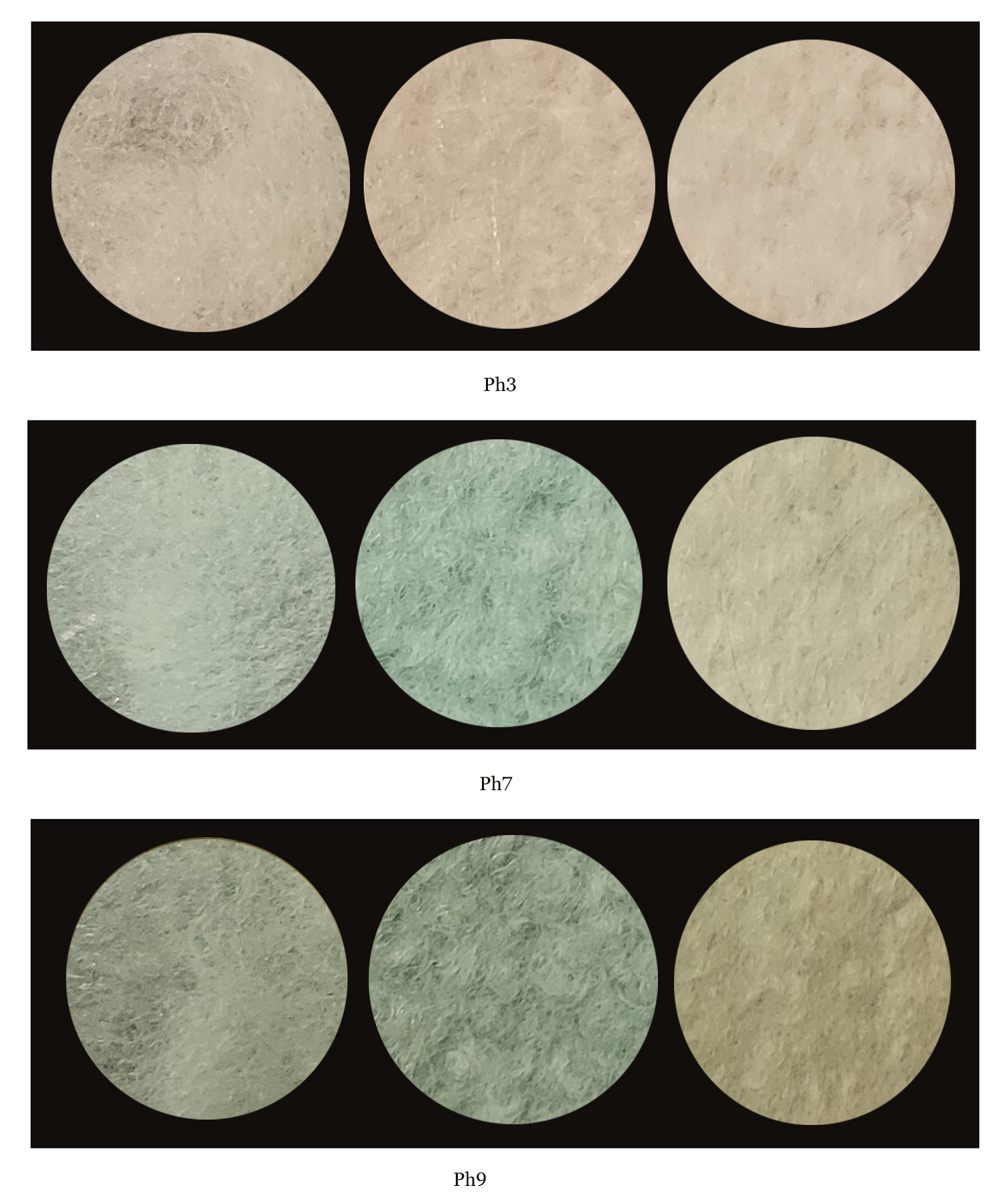
Etsy Shop Now open
If you like the idea of using organic naturally dyed threads in your craft but just don’t have the time, come and have a look at our Etsy Shop where you will find an array of beautiful colours provided by nature.

